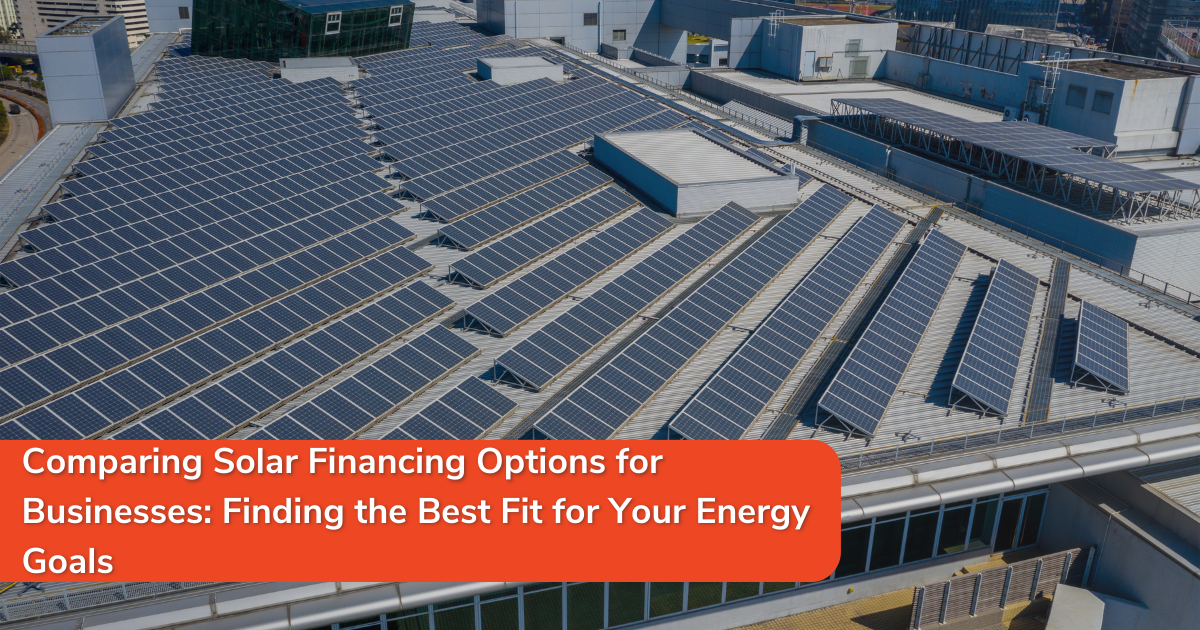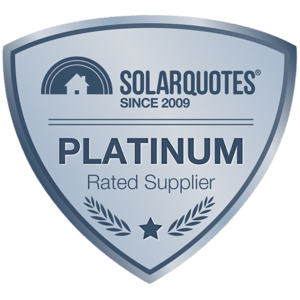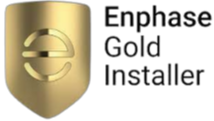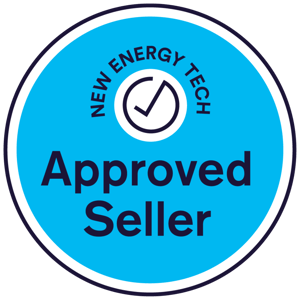Comparing Solar Financing Options for Businesses: Finding the Best Fit for Your Energy Goals

Investing in solar energy can deliver long-term savings, reduce operational costs, and enhance your business’s sustainability profile. But for many companies, the key question isn’t whether to go solar — it’s how to finance it.
From outright purchases to long-term agreements, each financing model comes with its own advantages, costs, and implications for your return on investment (ROI). Here’s a breakdown of the most common options for commercial solar financing.
1. Outright Purchase (Cash Payment)
If your business has available capital, paying for a solar system upfront can be the most cost-effective option over the system’s lifetime.
Pros:
-
No ongoing finance costs or interest
-
Immediate ownership of the asset
-
Maximum benefit from incentives like LGCs (Large-scale Generation Certificates) and the solar battery rebate
Cons:
-
Requires substantial upfront cash flow
-
May tie up funds that could be invested elsewhere
Best suited for: Businesses with strong liquidity that want maximum savings over the life of the system.
2. Commercial Solar Loans
A traditional loan spreads the cost of your solar system over several years, allowing you to preserve working capital while still owning the system from day one.
Pros:
-
Ownership from the start
-
Interest may be tax-deductible (consult your accountant)
-
System qualifies for incentives such as the solar battery rebate and other government programs
Cons:
-
Interest costs can increase total system price
-
Requires credit approval
3. Power Purchase Agreements (PPAs)
A PPA allows your business to “host” a solar system owned by a third party. You pay only for the electricity generated, often at a lower rate than the grid.
Pros:
-
No upfront capital required
-
Predictable energy pricing
-
Maintenance handled by the system owner
Cons:
-
You don’t own the asset
-
Savings are generally smaller compared to owning
-
Long-term contracts can limit flexibility
Best suited for: Businesses wanting zero upfront cost and minimal involvement in system management.
4. Leasing
Under a lease arrangement, you pay a fixed monthly fee for use of the solar system, similar to leasing equipment or vehicles.
Pros:
-
No large upfront outlay
-
Fixed costs make budgeting easier
Cons:
-
You don’t own the system until lease ends
-
Total cost may be higher than purchase
-
Less benefit from incentives compared to ownership
Choosing the Right Model for Your Business
When comparing solar financing options, consider:
-
Cash flow: How much capital can you commit upfront?
-
Ownership goals: Do you want to own the system for maximum long-term benefit?
-
Incentives: Which financing methods let you claim LGCs and rebates (such as the solar battery rebate or solar battery rebate NSW if applicable)?
-
Technology preferences: Are you looking for premium solar panels like Aiko solar panel products, advanced storage like the Sigenergy battery, or the proven performance of the Tesla Powerwall 3 Australia (and its competitive Tesla Powerwall 3 price)?
-
Energy goals: Are you aiming for maximum savings, energy independence, or sustainability leadership?
A tailored financial analysis will help you determine which model delivers the fastest payback and highest ROI for your business.
Final Word
Commercial solar is no longer just an environmental choice — it’s a financial strategy. Whether you fund it outright, finance it through a commercial loan, or enter into a PPA, the right structure can make your project cash-flow positive from day one.
Ready to explore your financing options?
Contact us today to run the numbers for your business and discover how quickly your solar investment can pay for itself.
%20(1).png?width=265&height=96&name=www.smartenergyanswers.com.auhs-fshubfsSmart%20Energy%20Answers%20Logo%20(HIRES)%20(1).png)

.png?width=514&height=121&name=Tesla%20Powerwall%203%20(new).png)








.webp?width=300&height=180&name=sigenergy-gold-installer-300x180%20(1).webp)